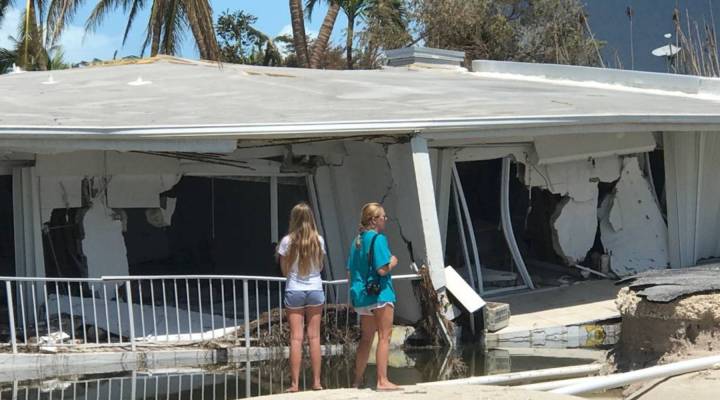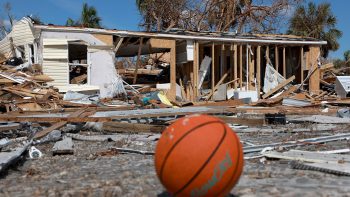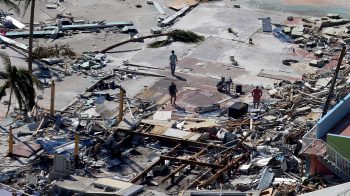
Some investors bet big against disasters

When Hurricane Andrew hit Florida in 1992, it put 11 insurance companies out of business — they couldn’t cover the roughly $15.5 billion in insured losses that Andrew caused.
Traditionally, the backup mechanism for events like this has been reinsurance. “Reinsurance is insurance for insurance companies,” explained Robert Hartwig, co-director of the Risk and Uncertainty Management Center at the University of South Carolina. “All insurance companies purchase reinsurance, because after major events like Andrew or Irma, the losses could overwhelm their own claims-paying resources. Your home, which might be insured by your local insurance company, is probably re-insured by a large number of reinsurers all around the planet.”
This system worked fine…until 1992.
“Hurricane Andrew shook the industry to its core,” Hartwig said. “We saw a lot of reinsurance capacity being withdrawn from markets like Florida.”
Once reinsurance companies realized the risk that storms and flooding posed to local insurance companies in Florida, they declined to keep covering it. But all those homeowners still wanted coverage, and their local insurance companies wanted to sell it to them. The result, Hartwig said, was to transfer that insurance risk to the financial markets with a new product — the catastrophe bond.
“The cat bond market is about $25 billion outstanding,” said Paul Schultz, CEO of Aon Securities, which helps to issue catastrophe bonds. “And about half the market has some exposure to Florida.”
Schultz explains the mechanism behind a catastrophe bond: investors are essentially betting that disaster won’t strike a certain area in, usually, a one-to-three year period. If they’re right, the bond pays off big. High yields (sometimes upwards of 8 percent) have drawn a wide array of investors, including pension funds and university endowments.
But if disaster does strike, those investors can be on the hook for paying out all the insurance claims that eventually roll in.
“There’s a risk of 100 percent loss of principal,” said Gary Martucci, Director at S&P Global Ratings.
Hurricane Irma drove prices for catastrophe bonds down by half at one point. But when the storm turned left, prices recovered. Insurers are still expecting losses…just not the devastating kind that’ll overwhelm their new reinsurance policy — the catastrophe bond.
| After a disaster, FEMA documents home damage, a former inspector explains |
| Why disaster recovery is a long, slow process |
| Federal flood insurance program nears its limit in time and money |
There’s a lot happening in the world. Through it all, Marketplace is here for you.
You rely on Marketplace to break down the world’s events and tell you how it affects you in a fact-based, approachable way. We rely on your financial support to keep making that possible.
Your donation today powers the independent journalism that you rely on. For just $5/month, you can help sustain Marketplace so we can keep reporting on the things that matter to you.


















